Look, I almost didn’t go to Tunisia.
My Morocco plans had imploded, my friend had bailed and there I was at 2 AM, scrolling through flight deals with a week of vacation time burning a hole in my calendar. Then Tunis popped up. Direct flight. Ridiculously cheap. And that little voice in my head whispered, “Why the hell not?“
Best impulsive decision I’ve made in years.
What followed were ten days that completely shattered my preconceptions about North Africa, solo female travel and what makes a destination truly special. This isn’t your typical travel guide – it’s the real Tunisia, the one that exists between the resort brochures and the State Department warnings.
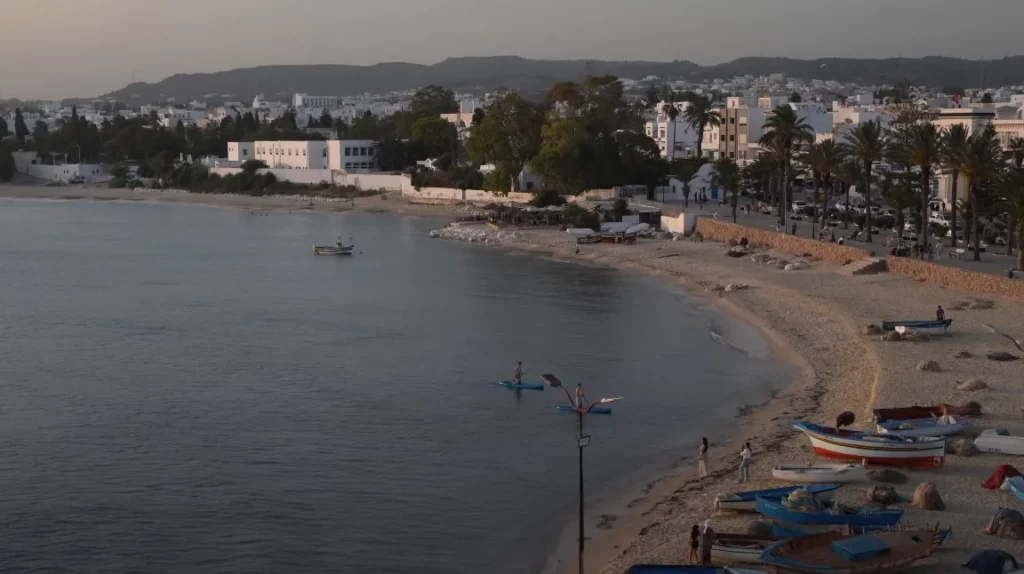
The Tunisia That Nobody Warns You About
The Arrival That Sets the Tone
Stepping off the plane at Tunis-Carthage Airport, I expected chaos. What I got was… calm. No aggressive taxi drivers fighting over tourists. No overwhelming hassle. Just this unhurried energy that immediately told me Tunisia plays by different rules than it’s North African neighbors.
The train from the airport cost 1 dinar. That’s roughly 30 cents for a clean, air-conditioned ride with digital displays and fellow passengers who ranged from businesspeople to students, women in hijabs sitting next to others in sundresses. Platform 13, straight into the city center. Nobody stared at the obvious tourist fumbling with newly acquired dinars.
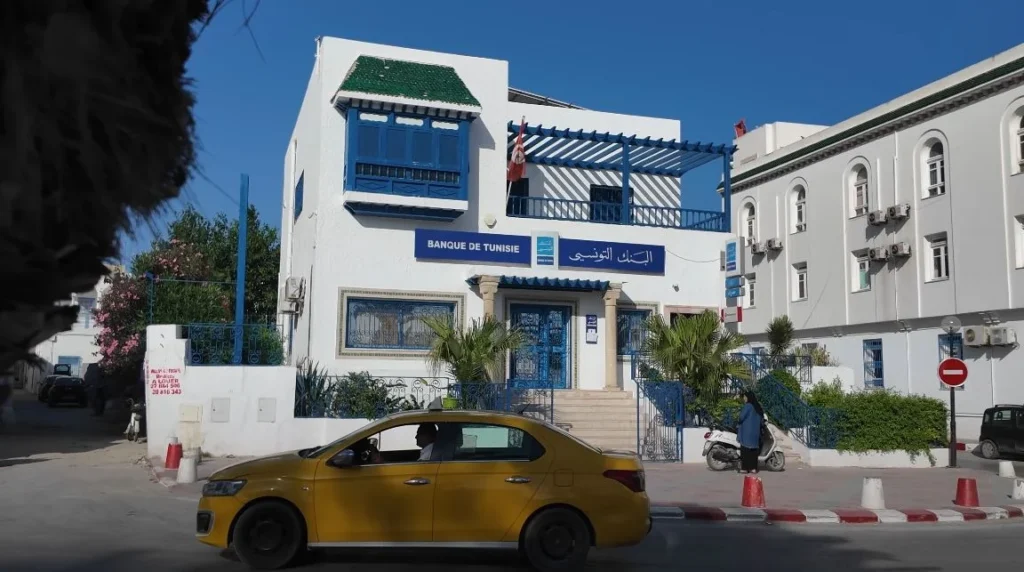
Here’s what I expected versus what I actually got:
Expected:
- Constant harassment.
- Language barriers everywhere.
- Difficulty navigating as a solo female.
- Basic, uninspiring accommodations.
Reality:
- People who’d help then walk away without wanting anything.
- Enough English/French to manage easily.
- Zero harassment (honestly felt safer than Paris).
- Hotels with rooftop pools overlooking the Mediterranean.
Sidi Bou Said: Not Trying to Be Santorini
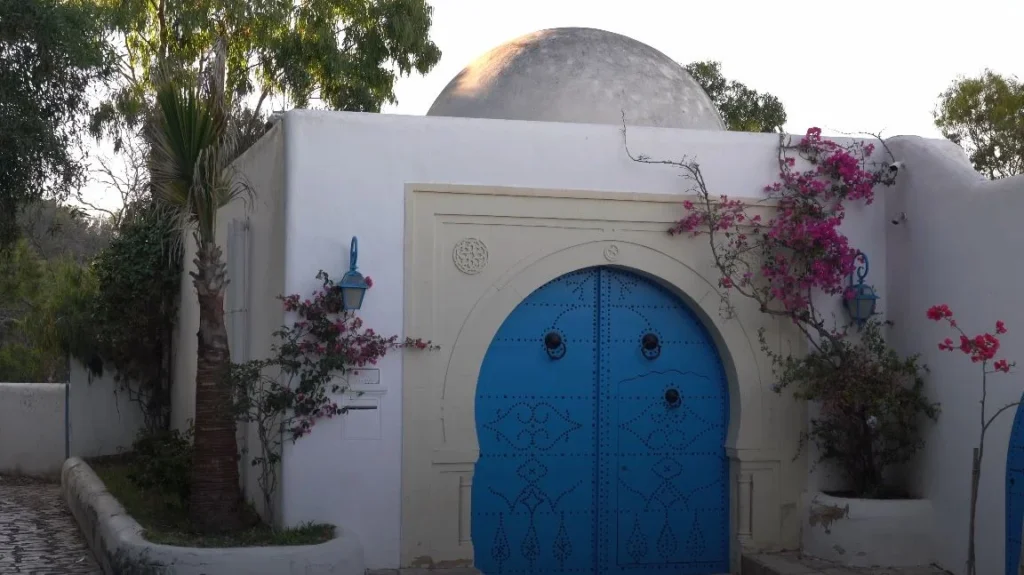
Climbing those narrow cobblestone streets where every building is white-washed with brilliant blue doors and window frames – Sidi Bou Said has been doing this since before Instagram existed. A yellow taxi squeezes past pedestrians while shop owners arrange displays of embroidered kaftans in orange, blue and purple. Arabic music drifts from somewhere you can’t quite place.
The viewpoint overlooking the sea? Packed. But here’s the thing – it wasn’t annoying. Families, couples, groups of friends all crowding this stone platform for sunset shots. Everyone just… happy.
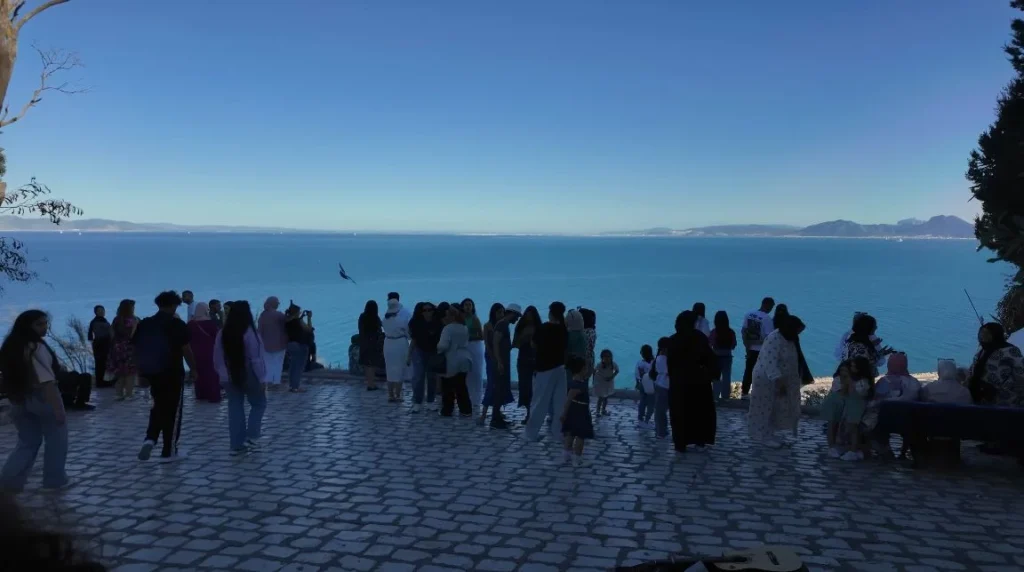
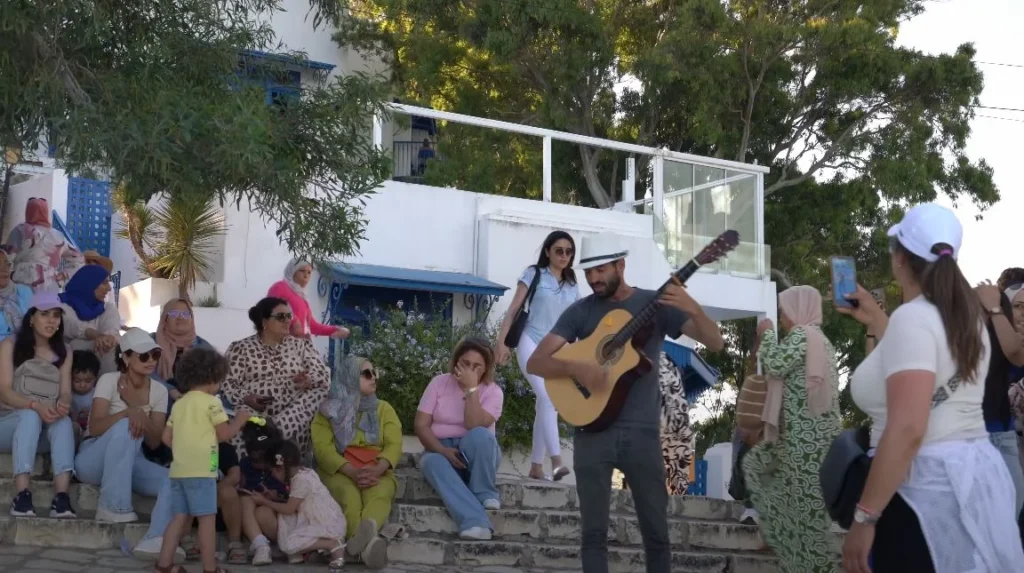
One guitarist had drawn quite the crowd, people sitting on steps just listening as the mountains across the bay turned purple in the distance. This collective appreciation for beauty made you feel part of something bigger than tourism.
Pro tip: Come early morning or stay late. Tour buses clear out by 5 PM.
The Medina Markets: A Masterclass in Organized Chaos
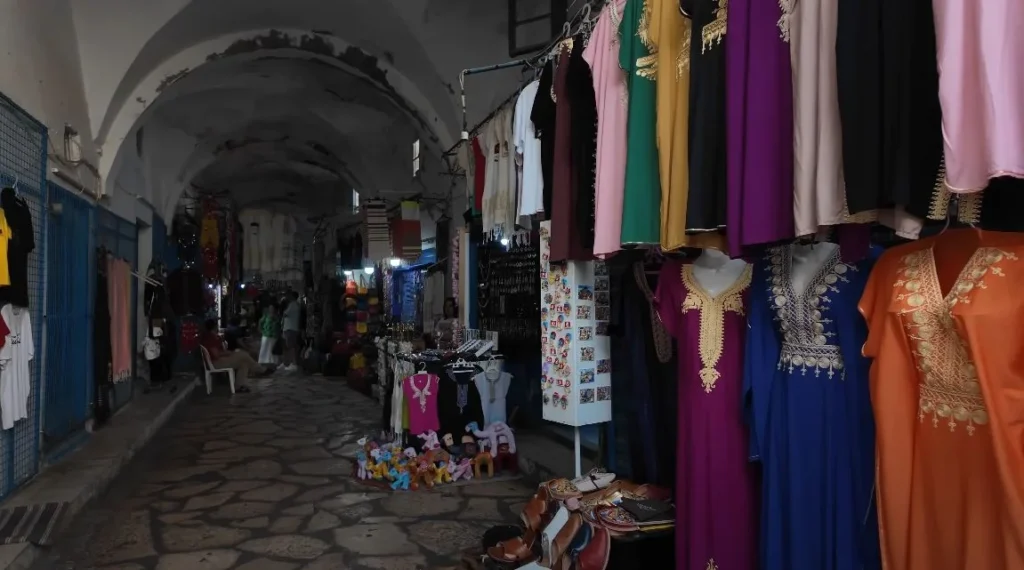
You haven’t experienced Tunisia until you’ve gotten properly lost in a medina. Under those stone arches, it’s sensory overload in the best way. Leather goods hanging so thick you duck. The smell of leather mixing with spices. Bright fabrics everywhere. Tourist tat mixed with genuine crafts.
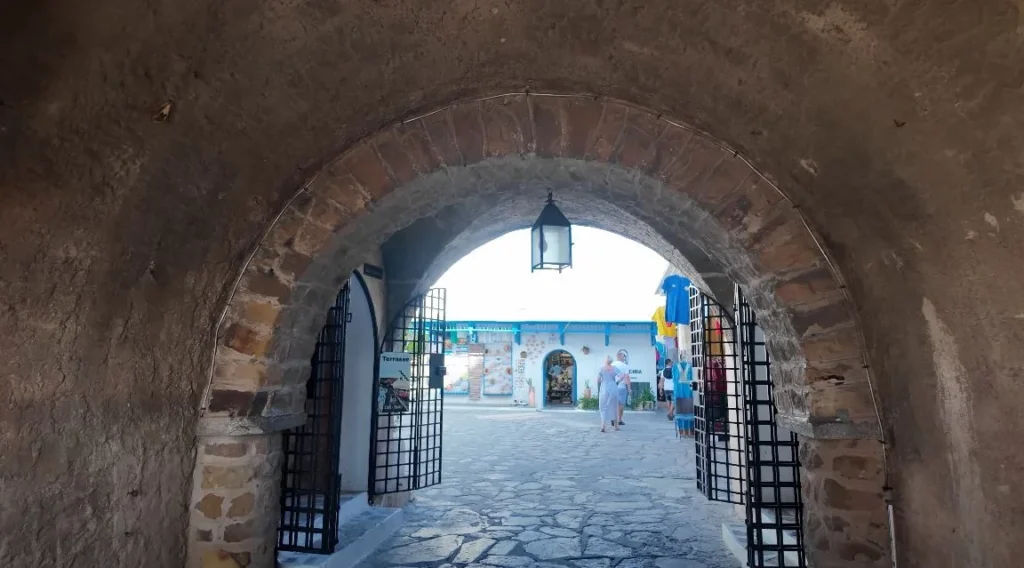
Haggling here isn’t aggressive sport – it’s more like a dance everyone knows the steps to. One pottery seller showed me pieces with birds and flowers painted in oranges, greens and blues, each line drawn by hand. Spent 20 minutes explaining regional patterns, which glazes were special. Didn’t push when I said I needed to think. When I returned two hours later, he remembered exactly which pieces I’d liked.
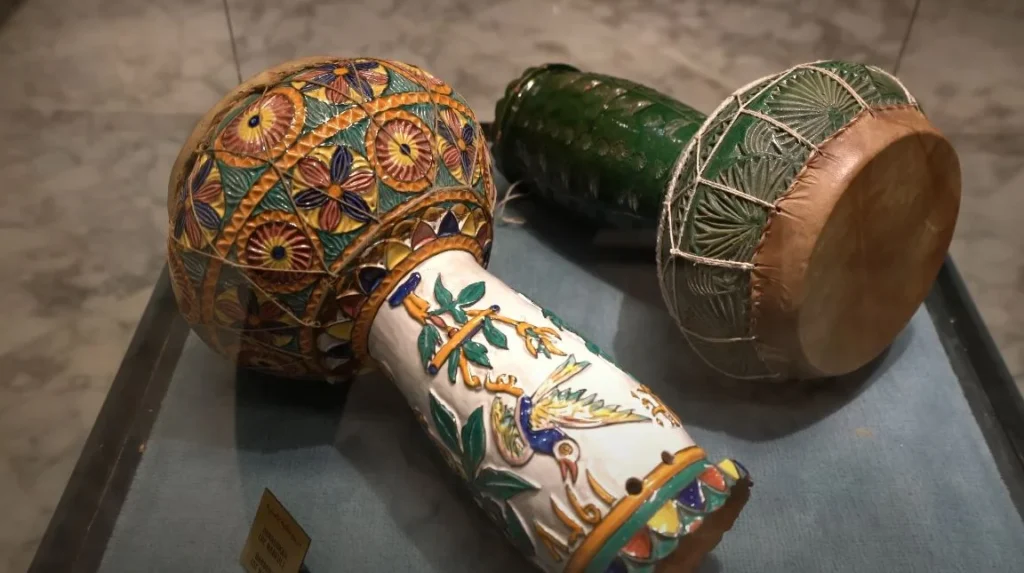
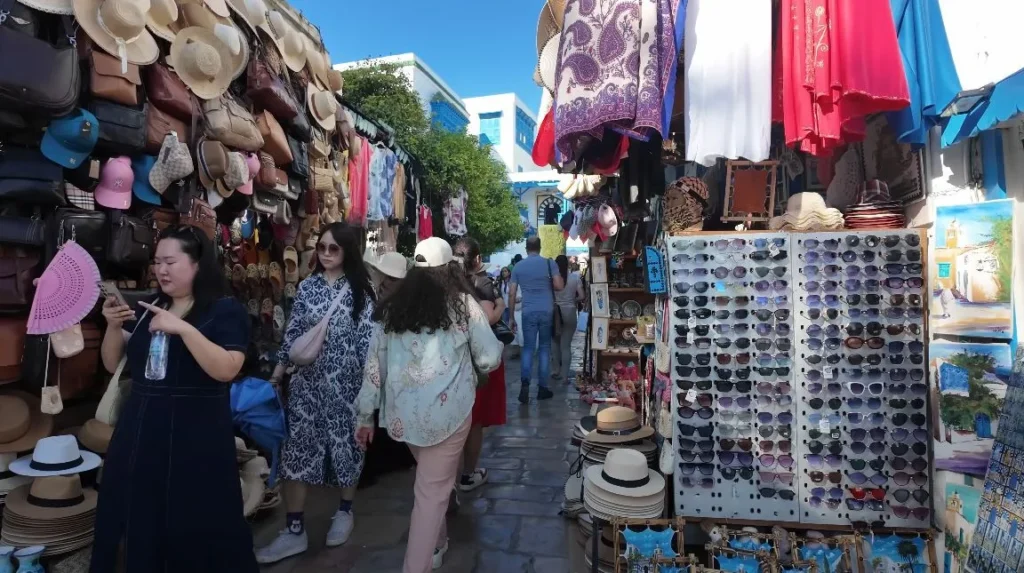
Ancient Carthage: Where History Lives Next Door
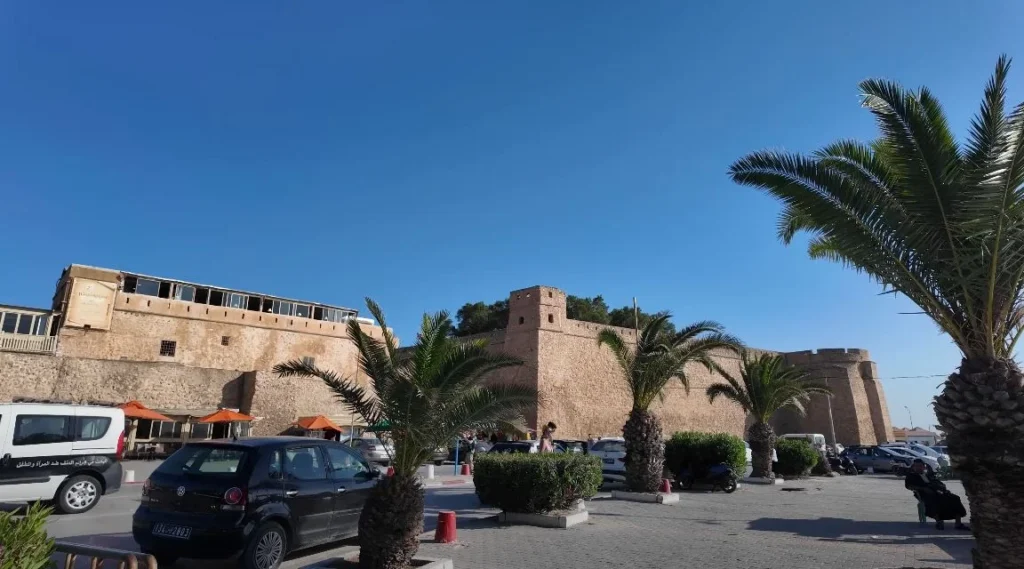
Walking the old fortress walls of Carthage, you get glimpses of what was – massive stone foundations, arches that once held up god-knows-what. The Mediterranean right there, same as when Romans lounged in the Antonine Baths. But honestly? The best part was when a school group showed up. Dozens of Tunisian kids using me to practice English while their teacher smiled apologetically. Suddenly I had an impromptu language exchange happening around 3,000-year-old ruins.
The Beach Culture That Surprised Me
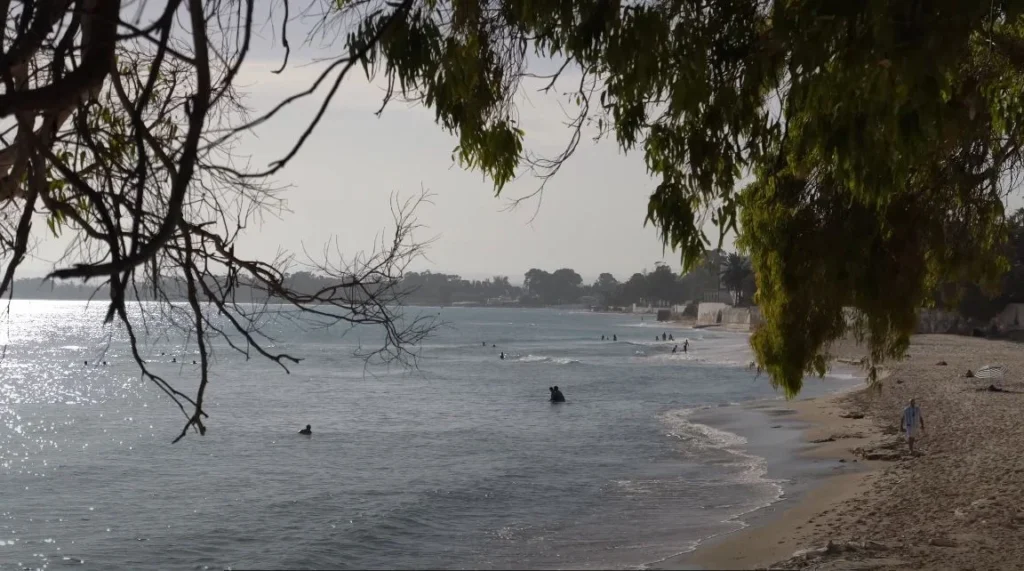
I didn’t pack a swimsuit for Tunisia. North Africa, Muslim country – figured beaches weren’t really going to be a thing. Wrong. So wrong.
The beaches around Tunis are where locals actually hang out. Families spreading blankets, kids building sandcastles, teenagers playing volleyball. Women in burkinis swimming next to others in bikinis. Nobody caring either way.
La Marsa beach had these weathered fishing boats pulled up on sand, blue paint peeling in that photogenic way. Every evening around 6 PM, the beach transformed – office workers showing up after work, vendors selling corn and drinks. One evening a family offered me mint tea from their thermos. We couldn’t communicate beyond smiles and gestures, but we sat there watching the sunset like old friends.
The Practical Tunisia (Or How to Actually Do This)
Getting Around
Transportation in Tunisia deserves it’s own reality show. The TGM train line runs along the coast hitting all the beach towns and Carthage – clean, efficient and stupidly cheap. I rode it end to end just because I could afford to.
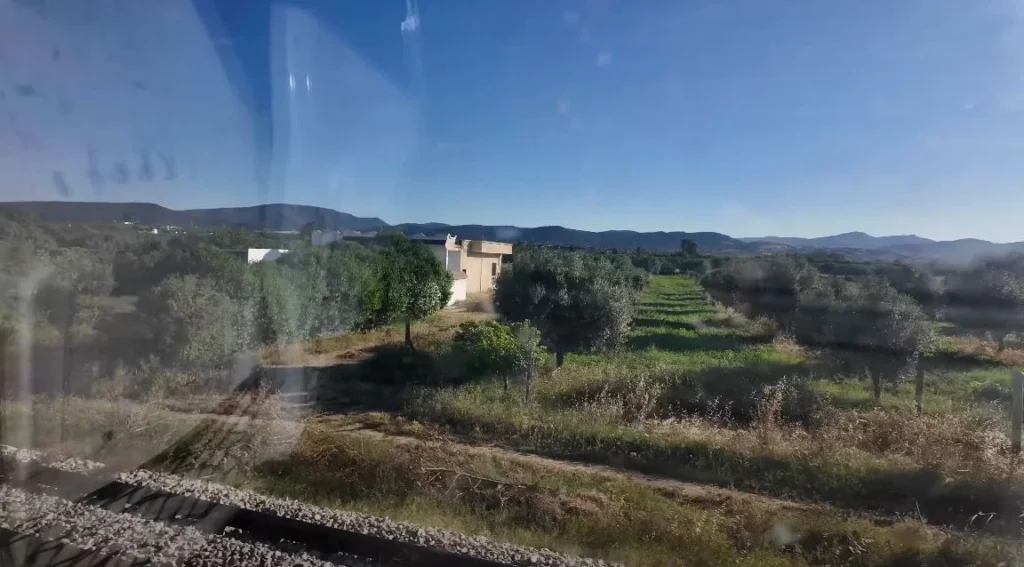
Those yellow taxis everywhere? Most have meters – insist they use them. Starting rate around 0.7 dinars. Airport runs should be 15-20 dinars max (some will try for 40). Download Bolt app – it works here and shows prices upfront.
Had one driver who spoke zero English or French. We navigated entirely through hand gestures and photos on my phone. Still got where I needed to go. He gave me his card at the end – not sure what I was supposed to do with it since we couldn’t communicate, but the gesture was nice.
Where to Rest Your Head: From Riads to Rooftops
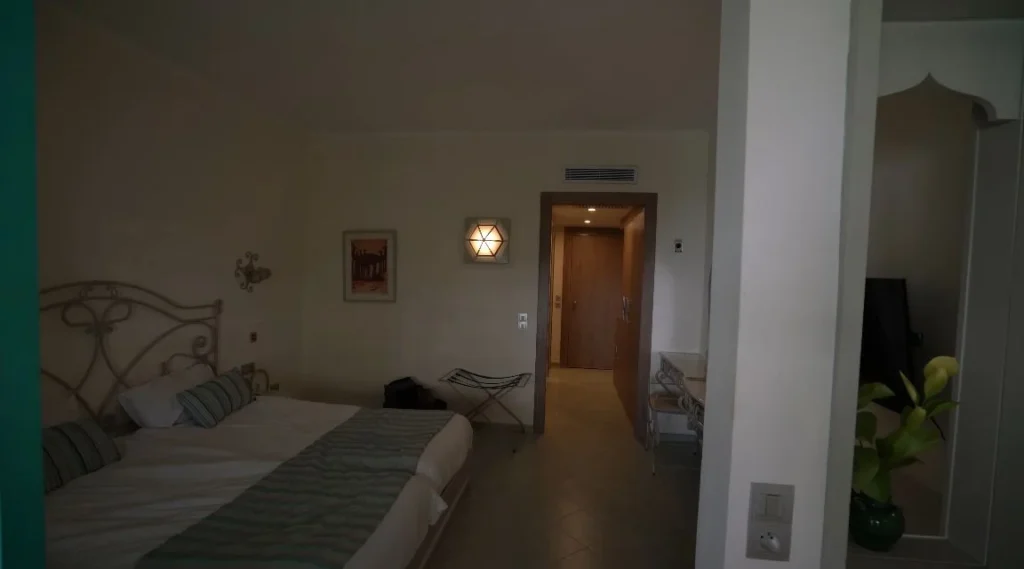
Tunisia’s accommodation scene is wild. You can crash in a medina riad for 30 dinars or splash out on beachfront luxury for 200. I did both.
The riad experience? Gorgeous architecture, mint tea on arrival, rooftop terrace views. But also: rooms darker than a cave, bathroom doors that don’t quite close, hot water that’s more suggestion than guarantee.
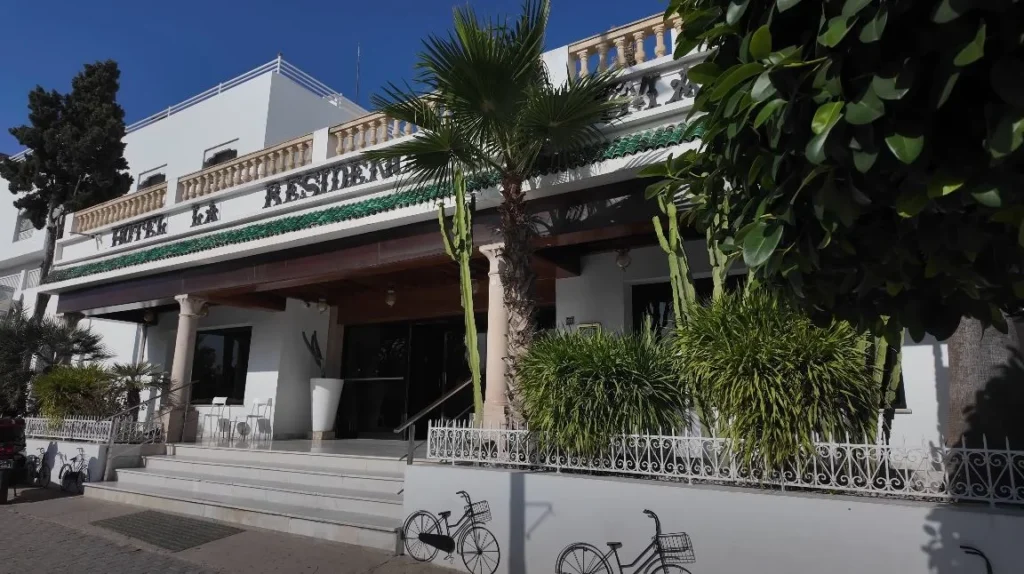
After three nights of “authentic” living, I moved to La Marsa. The hotel had an actual rooftop pool overlooking the Mediterranean. Air conditioning. Hot water that worked. Even a balcony for morning coffee. Those red umbrellas by the pool, the geometric designs on planters – pure Instagram gold.
The Hidden Spots That Made Everything Worth It
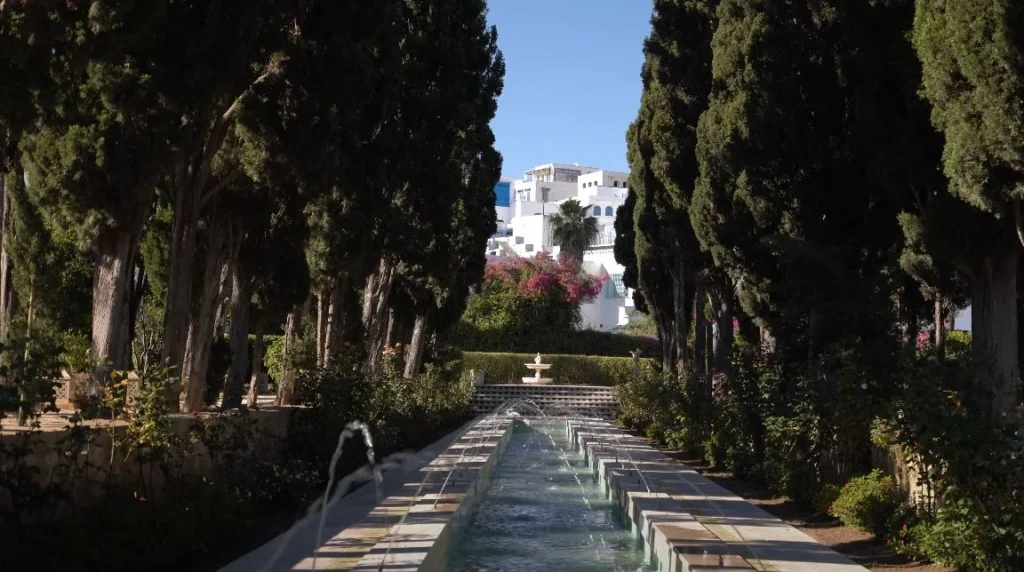
Got lost trying to find a museum. Ended up in what might have been a public garden – symmetrical water channels lined with green tiles, cypress trees creating perfect shadows. Nobody there except a gardener watering plants. We nodded at each other and I spent an hour just sitting, watching water flow.
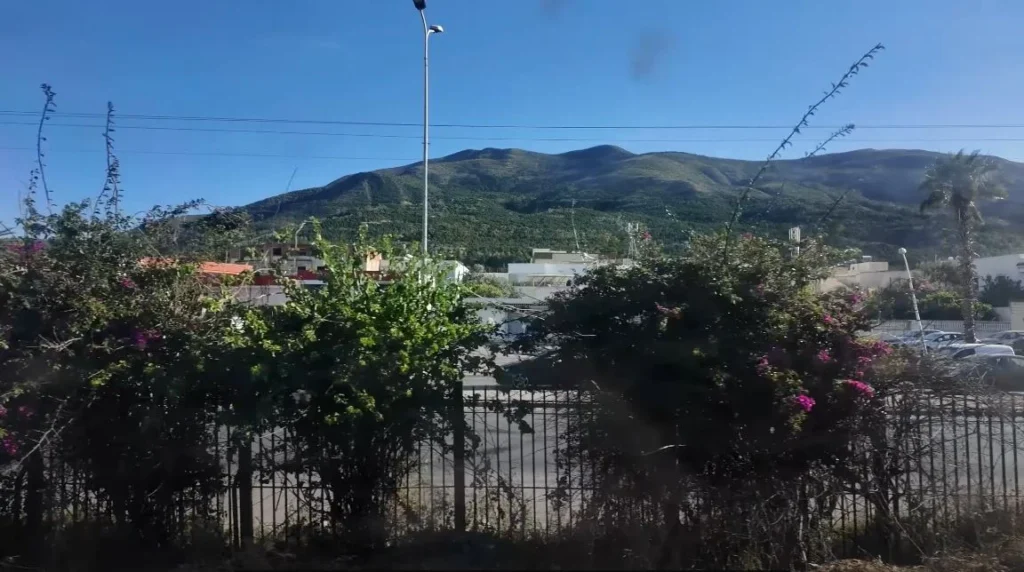
Past La Marsa, there’s a stretch of beach that doesn’t appear on tourist maps. Found it because my taxi driver misunderstood where I wanted to go. Thank god for miscommunication. Fishing boats, families barbecuing, kids jumping off rocks. By my third visit, I was sharing someone’s grilled fish. We communicated through smiles and translation apps. The fish had been caught that morning. Best meal of my trip.
The Food Situation: Prepare Your Stretchy Pants
First morning in the medina, following my nose led me to fricassé – fried dough sandwich stuffed with tuna, egg, olives, harissa and potatoes. 2.5 dinars. I ate three in one sitting. No regrets.
The brik is trickier – triangle of thin pastry stuffed with runny egg, tuna, capers, parsley. You bite the corner and somehow avoid egg running down your chin. There’s a technique. I never mastered it.
Street corner juice guys squeeze oranges while you wait for 2 dinars. One vendor near the train station remembered how I liked mine (no sugar, extra ice) after just two visits.
The Interior Architecture: Instagram Didn’t Prepare Me
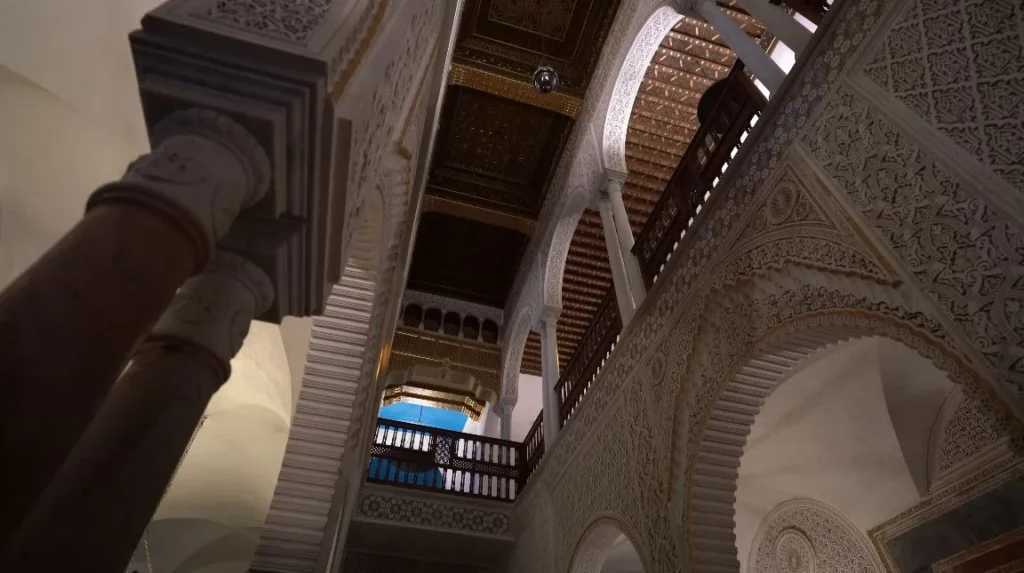
From outside, traditional houses are just another door in the medina. Inside? Multiple levels of arched galleries looking into central courtyards. Every surface covered in tilework or carved plaster. Islamic patterns repeating and interconnecting in ways that make your head spin. These houses are designed backwards from ours – all beauty faces inward.
Making It Actually Happen
When to Go (Timing is Everything)
Based on the best time to visit Tunisia is spring (April/May) or autumn (Oct/early Nov). I can confirm – went in spring and the weather was perfect. During these months, Tunisia enjoys mild to warm temperatures ranging between 20°C to 30°C.
Summer (June-August) brings serious heat and crowds. July has an average daily maximum of 33°C – great for beach lovers, brutal for desert trips. Winter (December-February) is cooler but it’s an excellent time to visit the Sahara before the scorching summer arrives.
The Entry Requirements Nobody Explains Clearly
Here’s what you actually need to know:
- You can visit Tunisia without a visa for up to 90 days for most Western passports.
- Your passport must be valid for at least 6 months beyond the date you expect to leave Tunisia.
- Tunisia has strict currency controls in place. You are not allowed to take Tunisian dinars out of the country.
- It is illegal to bring drones into Tunisia without authorisation.
Pro tip: To exchange leftover dinars at the end of your stay into pounds, you need to show the receipt from the bank where you first withdrew or bought the dinars.
Safety for Solo Female Travelers
Let me be direct – FCDO advises against all travel to: the Chaambi Mountains National Park and some border areas. But tourist areas? Totally fine.
I dressed conservatively but not overly so – long pants or skirts past the knee, shirts with sleeves, scarf in my bag for religious sites. The staring happens but it’s more curious than creepy. A few “Hello, how are you?” calls from shop owners, but a smile and “No thanks” always worked.
What surprised me was how protective random Tunisians were. An older woman waited with me for a taxi late one evening. A shopkeeper closed his shop for five minutes to walk me where I needed to go. Universal kindness transcends language barriers.
The Budget Breakdown (What It Really Costs?)
Backpacker Style (35-65 dinars/day – about $12-20 USD):
- Accommodation: 35 dinars (medina riad)
- Food: 10-15 dinars (street food)
- Transport: 5 dinars (public)
- Sightseeing: 10 dinars
Mid-Range Comfort (160 dinars/day – about $53 USD):
- Accommodation: 85 dinars (nice hotel)
- Food: 30 dinars (mix of restaurants)
- Transport: 15 dinars (taxis)
- Extras: 20 dinars (shopping, coffee)
The Shopping Strategy
Worth Buying:
- Hand-painted pottery (those bowls are gorgeous and cheap).
- Quality leather bags (check stitching first).
- Real harissa (from supermarkets, not tourist shops).
- Olive oil (Tunisia produces some of the world’s best).
Skip:
- “Ancient” coins (all fake).
- Tourist market spices (overpriced and stale).
- Obvious designer knockoffs
Final Tips from Ten Days of Beautiful Chaos
Pack:
- Toilet paper (not always available)
- Power bank (essential for maps/translation)
- Small bills (nobody has change, ever)
- Sunscreen (African sun doesn’t play)
Download:
- Bolt app for taxis
- Google Translate offline Arabic pack
- Maps.me for offline navigation
Remember:
- Ramadan changes everything – check dates
- Friday prayers affect opening hours
- Tips expected everywhere (1-2 dinars usually fine)
- SIM card costs 30 dinars for 10GB
The Verdict: Should You Go?
Three weeks after returning, I’m already planning my next trip. Not because Tunisia is perfect – it’s not. Infrastructure needs work, poverty is visible, youth unemployment is real. But there’s this resilience, this humor about everything that gets under your skin.
Tunisia doesn’t need to be “discovered” by travelers. It’s been here all along, mixing cultures and centuries like it’s no big deal. We’re the ones who need to discover that travel doesn’t always have to be Instagram-perfect.
Sometimes the best trips are the ones where you get lost, eat questionable street food, make friends through translation apps and leave knowing you’ve seen something real. Tunisia gave me that. Ten days of beautiful chaos, unexpected kindness and the realization that North Africa is so much more than headlines suggest.
I left part of my heart in those blue and white streets. I’m okay with that. It means I have a reason to go back.

